Before the boogie board: Hawaiian paipo boards
Waves have been ridden around the world for hundreds, if not thousands of years. It was in Hawaii that surfing became integral to local culture, with a level of skill and popularity not evident elsewhere. It was also where the most sophisticated surf-craft developed, as can be seen in the Bishop museum. Different types of surfboards were used, notably the olo and alaia. However, paipo isn't a word that appears in writing before the twentieth century.
This small site aims to bring together hard to find or not well known video or film footage of Hawaiian paipo surfing. Video and photo information are recorded in the credits section in order of display.
|
|
||
 |
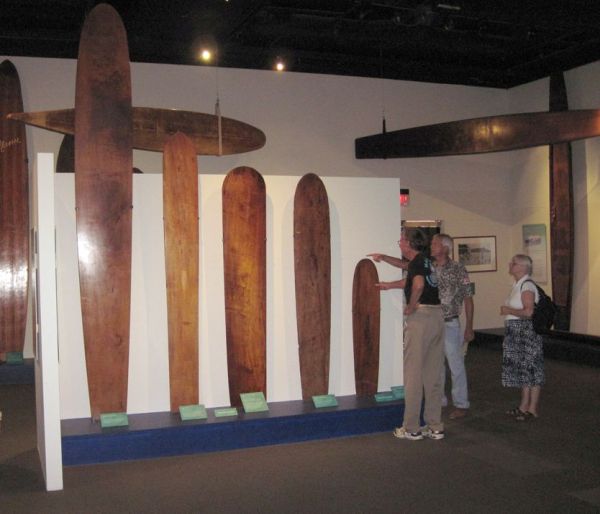 |
|
While there is some debate regarding the origins of the word paipo, the first known written spelling was in 1956 when Wally Froiseth began producing his 4', twin-finned balsa "Hawaiian Pai Po" boards. John Clark who spoke to Wally Froiseth advised that paipo boards previously were shorter, narrower and thinner.
|
|
||
 |
 |
|
Tune into John Clark talking about paipo boards at 17:54 on this video Kaahele Ma Waikiki 'A Tour of Waikiki' a production by Ann Marie Kirk for the Hawaii State Department of Education.
In 1963 Val Valentine, the film-maker began producing plywood Paipo Nui boards out of his home at Sunset Beach. The design was the idea of John Waidelich and Jim Growney. A fibreglass version of this guitar pick style of board is still produced by Paul Lindbergh under the label "Hawaii Paipo Designs". A feature of these boards is their ability to almost skim over wave surfaces and their low bouyancy.
|
|
||
 |
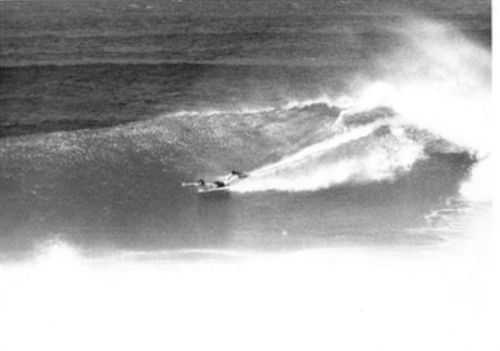 |
|
Paipo Nui footage Paipo surfing 1958-1965 shot by Val Valentine, collated by John Waidelich
Unidentified paipo surfer Maili Point 1960s
|
|
||
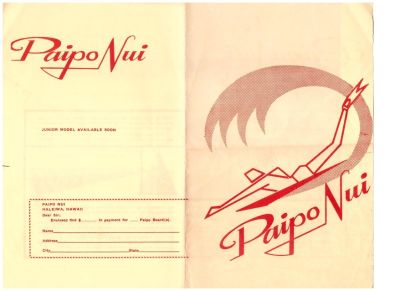 |
 |
|
|
|
||
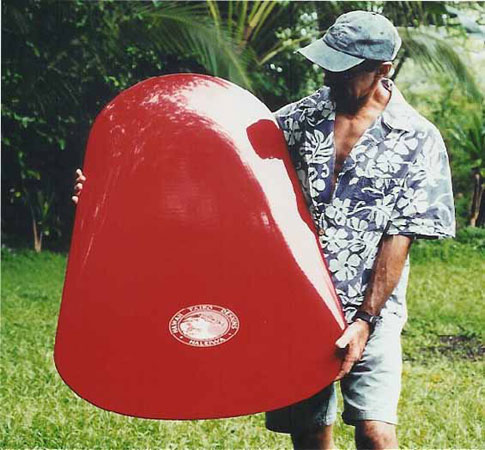 |
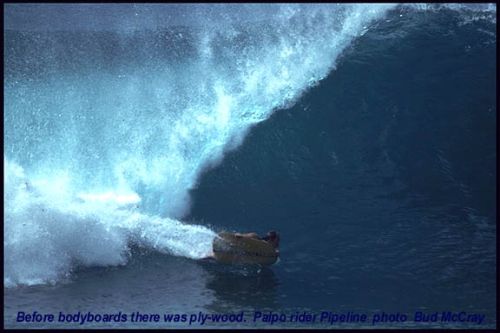 |
|
Surfers from the 1960s and 1970s recall riding paipo boards when young, making them in woodwork classes or creating boards from materials such as real estate signs. Paipo boards were a frequent sight in Hawaiian waves until the introduction of Tom Morey's boogie board. Makapu'u, Cunhas and the Wall in Waikiki were favourite spots, where they could be seen ridden prone, kneeling or even standing. A good example of these different styles can be found in the Sam George documentary, Hawaiian: The Legend of Eddie Aikau Paipo footage begins at 8:30.
|
|
||
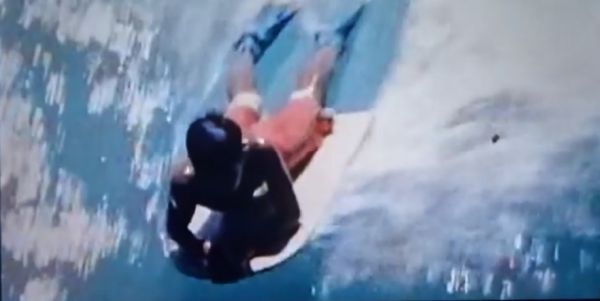 |
 |
|
It was not just kids who rode paipo boards, Jim Growney recalls he and John Waidelich surfing Steam Lane off Waikiki, while Gerry Lopez in a Patagonia "Talkin Pipe" session includes Sean Ross in his recollection of Pipeline surfers. Big wave spots like Waimea Bay and Makaha, were also ridden by surfers on paipo boards.
|
|
||
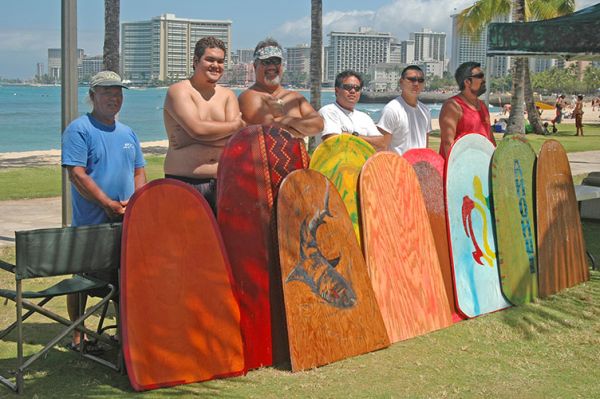 |
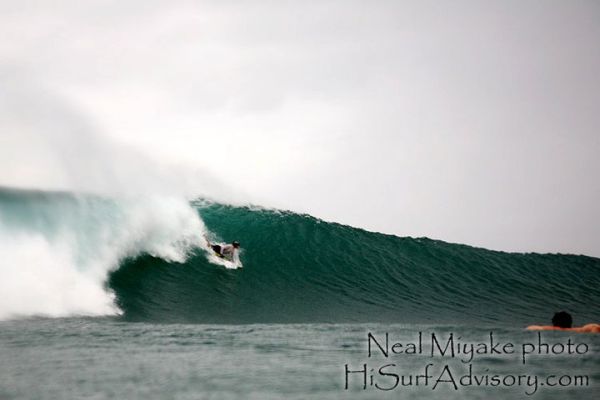 |
|
More paipo footage:
Harry Akisada Harry Akisada footage taken by John Galera; Harry Akisada 2011 footage by Kyle Metcalf. Ride begins at 1:14
Stan Osserman Stan Osserman, then and now includes 60's footage from Wayne Bartlett and compliled by Steve Berg
John Galera John Galera and his NoFin wave rider
Jarrett Liu Jarrett Liu "malolo" style on his Papa Paepo'o board
Valentine Ching and unknown Stand-up paipo at the Wall
A tribute to GB (Greg Betz) and Ray Hookano Paipo segue to next dimension
Heath Hollenbeck and Nic Jarboe Hawaiian Paipo Design: Paipo Party - Dawn Patrol Session on South Shore Oahu
Unidentified paipo boarder on the first wave (only) Waikiki WALLS Party Wave (RAW 4K)
Today, in the right place paipo board riders can still be found, riding a range of finless boards, from simple flat bottom wood boards to carbon fibre channel bottoms.
|
|
||
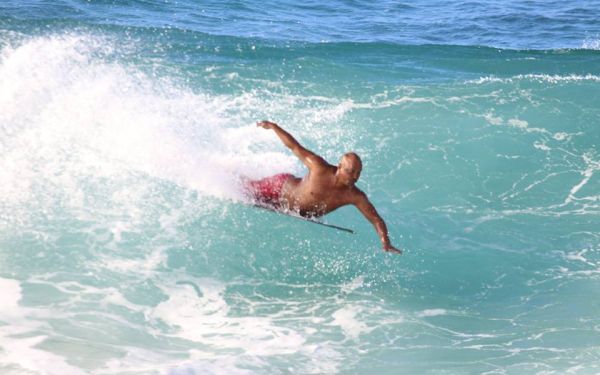 |
 |
|
Fibreglass finned boards were popularised in California in the late 1960s -1970s with a range of labels featuring the word paipo (Newport Paipo, El Paipo, House of Paipo, Pacific Paipo), but that is another story.
Credits and acknowledgments
Hydrodynamica is a project of Richard Kenvin, who is also the author of the 2014 book, Surfcraft. Design and the Culture of Board Riding.
where I can use freehand style of looking like I'm bodysurfing on a wave. I've learnt to control my body to be only 2/3 from the tail to middle.